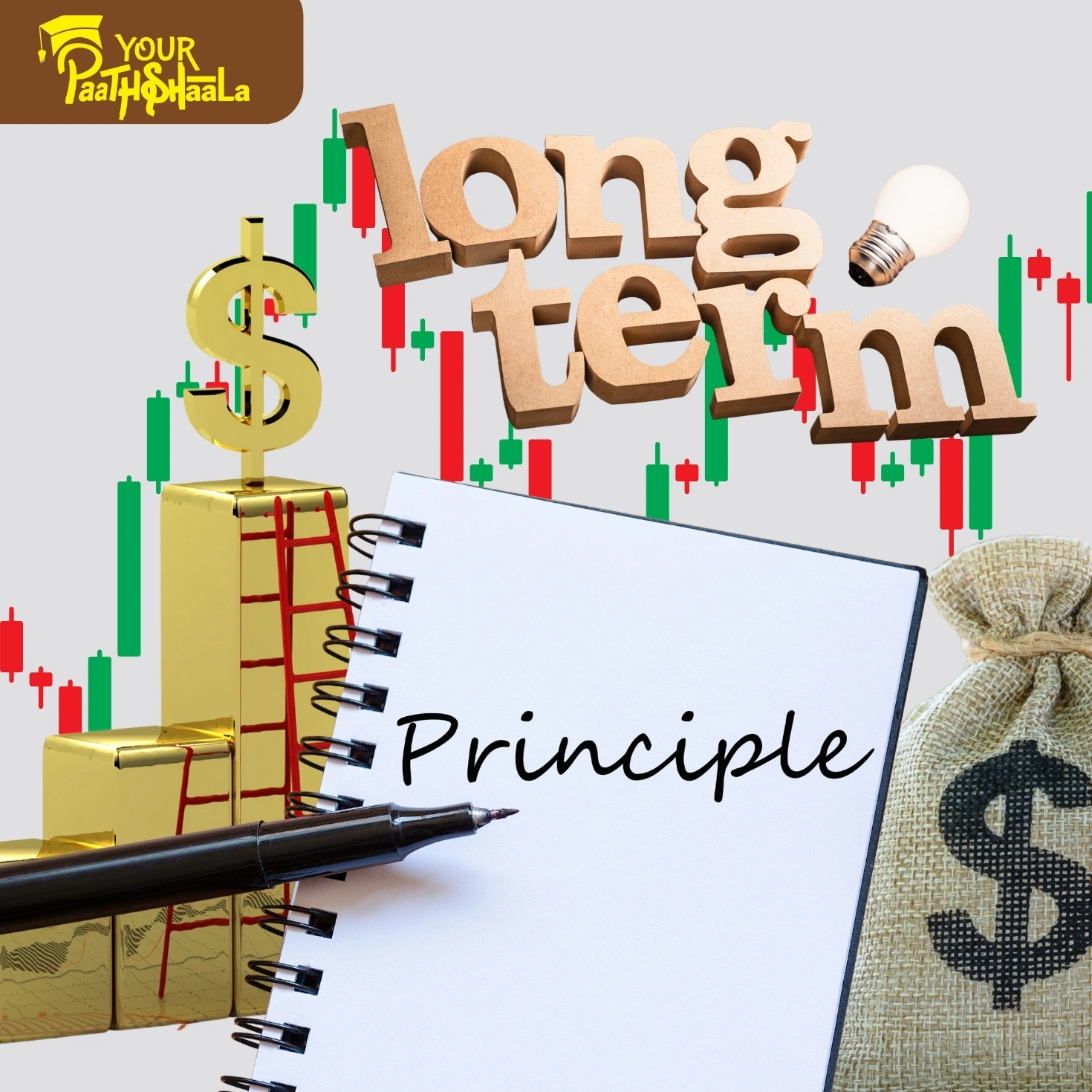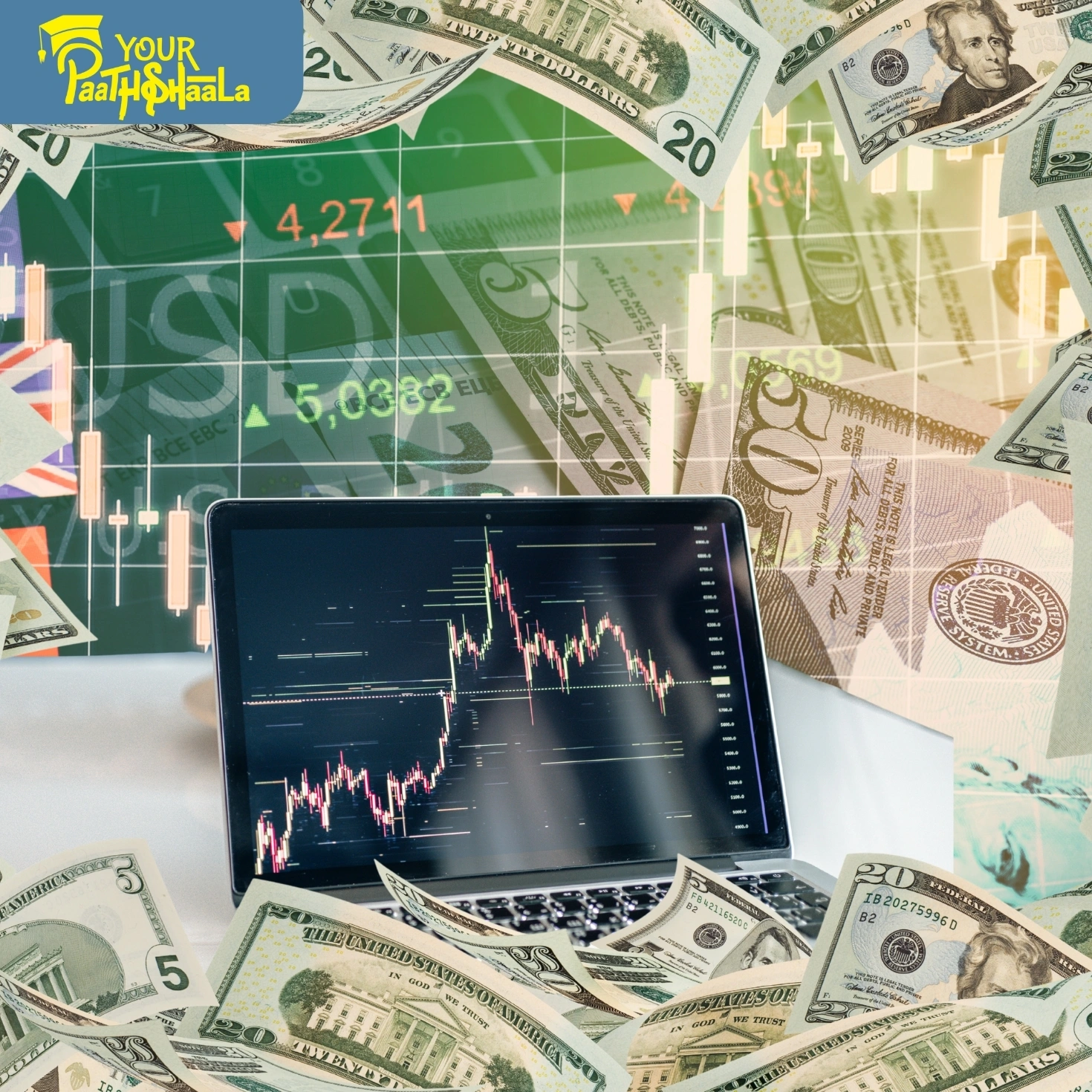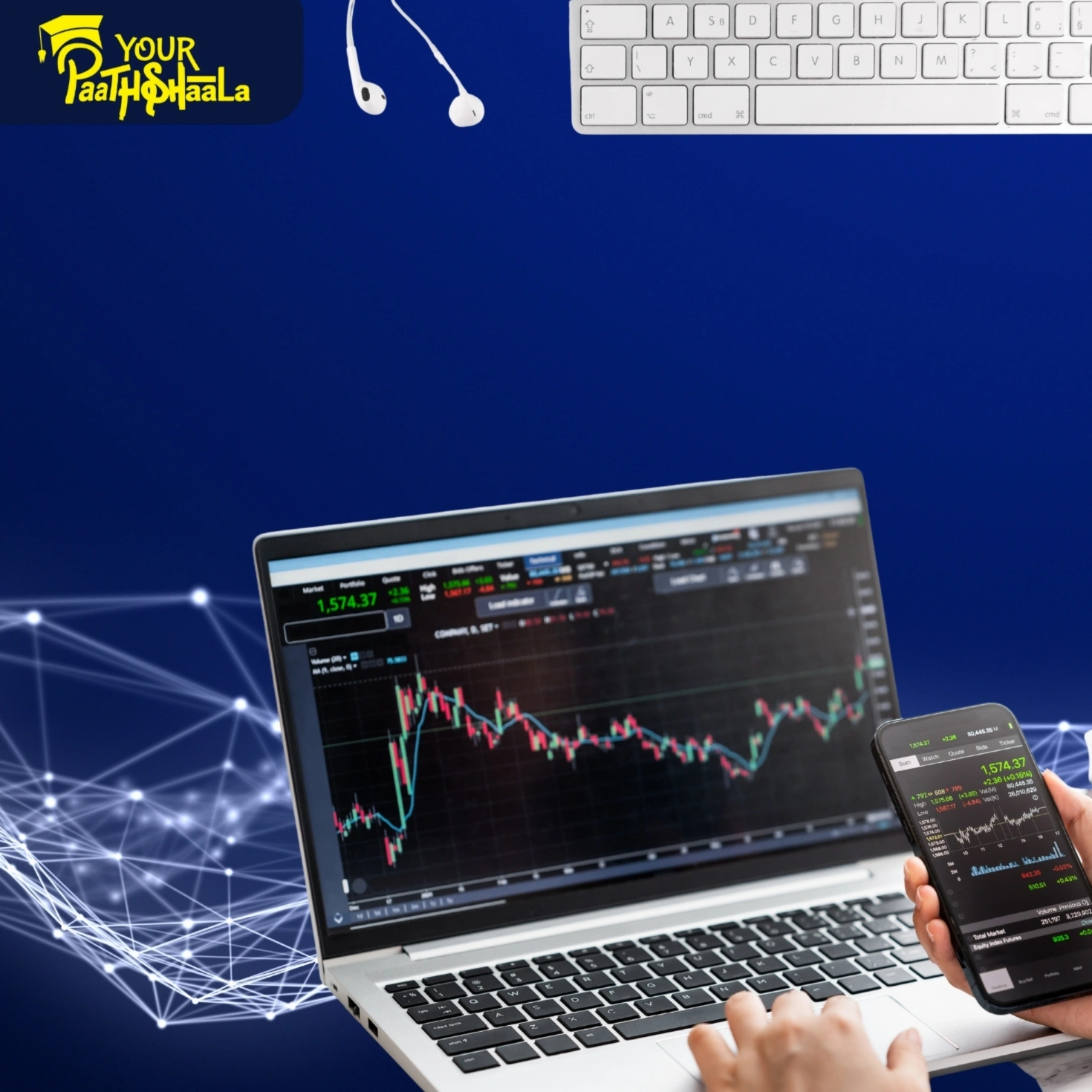Corporate Action & Event Trading: Profiting from Boardroom Decisions in 2025
Corporate actions—mergers, spin-offs, dividends, and earnings reports—can create significant market opportunities for savvy investors. As of July 23, 2025, strategies like merger arbitrage, spin-off value opportunities, dividend capture, and post-earnings momentum trading allow investors to profit from company-driven events rather than just market trends. This 2000-word guide explores these dynamic strategies, offering actionable insights for beginners and experienced traders. By understanding how corporate decisions move markets, you can unlock hidden value and act fast. Ready to turn boardroom moves into profits? Let’s dive into corporate action and event trading.
What is Corporate Action and Event Trading?
Corporate action and event trading involves capitalizing on stock price movements triggered by specific company actions or announcements. These include mergers and acquisitions, spin-offs, dividend payouts, and earnings reports. Unlike technical analysis, which focuses on price charts, event trading leverages fundamental catalysts to predict short-term or long-term price shifts. By analyzing deal terms, corporate restructuring, or earnings surprises, traders can position portfolios to benefit from these events, making this approach both strategic and opportunistic.
Key Strategies in Corporate Action and Event Trading
To succeed in event-driven trading, focus on four key strategies: merger arbitrage spreads, spin-off value opportunities, dividend capture strategies, and post-earnings momentum trading. Below, we explore each in detail.
1. Merger Arbitrage Spreads: Capitalizing on Deal Price Gaps
Merger arbitrage involves buying the target company’s stock and shorting the acquirer’s stock to profit from the price gap between the announcement and closing of a merger. For example, if Company A offers $50 per share to acquire Company B, currently trading at $48, traders buy Company B’s stock and short Company A’s to capture the $2 spread. The profit is realized when the deal closes, assuming no disruptions.
How to Trade Merger Arbitrage
Research announced mergers via news or SEC filings to identify viable deals.
Assess deal risks, such as regulatory hurdles or financing issues.
Use a brokerage platform offering short-selling capabilities, like Interactive Brokers.
Monitor deal progress and hedge with options to manage risks like deal failure.
Merger arbitrage offers low-risk returns but faces challenges like deal cancellations, requiring thorough due diligence.
2. Spin-Off Value Opportunities: Unlocking Hidden Value
Spin-offs occur when a parent company separates a business unit into a standalone entity, often unlocking undervalued assets. The new entity’s stock can outperform as it gains focus and independence. For example, when PayPal spun off from eBay, early investors benefited from its independent growth. Traders target spin-offs to capture this hidden value.
How to Invest in Spin-Offs
Track spin-off announcements via corporate press releases or Bloomberg.
Analyze the spun-off unit’s fundamentals, such as revenue and growth potential.
Invest in spin-off ETFs like CSD or directly in the new entity’s stock.
Diversify across multiple spin-offs to reduce company-specific risks.
Spin-offs offer high upside but face risks like initial volatility or poor execution, so evaluate the new entity carefully.
3. Dividend Capture Strategies: Earning Payouts
Dividend capture involves buying a stock just before its ex-dividend date to receive the dividend and selling shortly after, aiming to profit from the payout. For example, buying a stock paying a $1 dividend the day before its ex-dividend date and selling after the price adjusts can yield a quick return if timed correctly.
How to Execute Dividend Capture
Use an economic calendar to identify ex-dividend dates for high-yield stocks.
Focus on liquid, stable companies with consistent dividends, like AT&T or Procter & Gamble.
Account for transaction costs and price drops post-dividend to ensure profitability.
Diversify across multiple dividend-paying stocks to spread risk.
Dividend capture offers steady income but faces risks like price drops or high trading fees, requiring precise timing.
4. Post-Earnings Momentum Trading: Riding Earnings Surprises
Post-earnings momentum trading involves capitalizing on stock price movements after earnings reports, especially when results exceed or miss expectations. A strong earnings beat can drive a stock upward, while a miss can trigger a sell-off. For example, a tech company beating EPS forecasts might see a 5-10% stock surge, offering trading opportunities.
How to Trade Post-Earnings Momentum
Monitor earnings calendars on platforms like Yahoo Finance or Zacks.
Analyze historical earnings reactions to predict potential price moves.
Use options or stocks to bet on directional moves or volatility post-earnings.
Set stop-loss orders to manage risks from unexpected reversals.
Momentum trading is high-reward but volatile, as earnings reactions can be unpredictable, so use risk management tools.
Risks and Challenges in Corporate Action and Event Trading
Event-driven trading offers opportunities but comes with challenges:
Deal Risks: Mergers or spin-offs may fail due to regulatory or financial issues.
Market Volatility: Earnings surprises can lead to sharp, unpredictable price swings.
Timing Risks: Dividend capture requires precise execution to avoid losses from price drops.
Research Intensity: Analyzing corporate actions demands time and expertise.
To mitigate risks, diversify strategies, use stop-loss orders, and stay informed about corporate announcements. Professional guidance can enhance decision-making.
Tools and Resources for Event-Driven Trading
To succeed in corporate action trading, leverage these tools:
Earnings Calendars: Use Nasdaq or EarningsWhispers for earnings schedules.
News Aggregators: Track mergers and spin-offs via Bloomberg or Reuters.
Trading Platforms: Access stocks and options via brokers like TD Ameritrade.
Educational Resources: YourPaathshaala offers courses on event-driven strategies.
These tools, combined with diligent research, can sharpen your trading edge.
Why Corporate Action and Event Trading Matter in 2025
As of July 23, 2025, corporate actions are driving significant market movements. M&A activity is surging, with global deal values exceeding $2 trillion in 2024, per Bloomberg. Spin-offs are gaining traction as companies streamline operations, while dividend-paying stocks remain attractive amid economic uncertainty. Earnings surprises continue to fuel volatility, offering traders opportunities to ride momentum. By focusing on corporate decisions, investors can profit from catalysts that charts alone can’t predict, making event-driven trading a critical strategy.
Getting Started with Corporate Action and Event Trading
Ready to profit from corporate actions? Follow these steps:
- Study Corporate Events: Learn about mergers, spin-offs, dividends, and earnings.
- Choose a Platform: Select a broker offering stocks, options, and short-selling.
- Start Small: Test strategies with limited capital to understand risks.
- Diversify: Spread investments across mergers, spin-offs, and earnings plays.
- Seek Education: Enroll in courses at YourPaathshaala, located near Anjali Children Hospital, Tagore Nagar, Mathpurena, Raipur, Chhattisgarh, PIN code: 492001.
Conclusion
Corporate action and event trading—through merger arbitrage, spin-off value opportunities, dividend capture, and post-earnings momentum—offers a powerful way to profit from boardroom decisions in 2025. These strategies leverage corporate catalysts to unlock value, balancing risk and reward. Despite challenges like deal failures or volatility, diversified approaches and informed decisions can lead to success. Turn corporate moves into profitable opportunities with YourPaathshaala’s expert guidance.
Visit YourPaathshaala
Near 🏥 Anjali Children Hospital, Tagore Nagar, Mathpurena, Raipur.
📫 PIN code: 492001, Chhattisgarh
📞 Click the Call Now to contact us!
Take your financial knowledge to the next level with YourPaathshaala—your trusted partner for investment education and market insight.
















